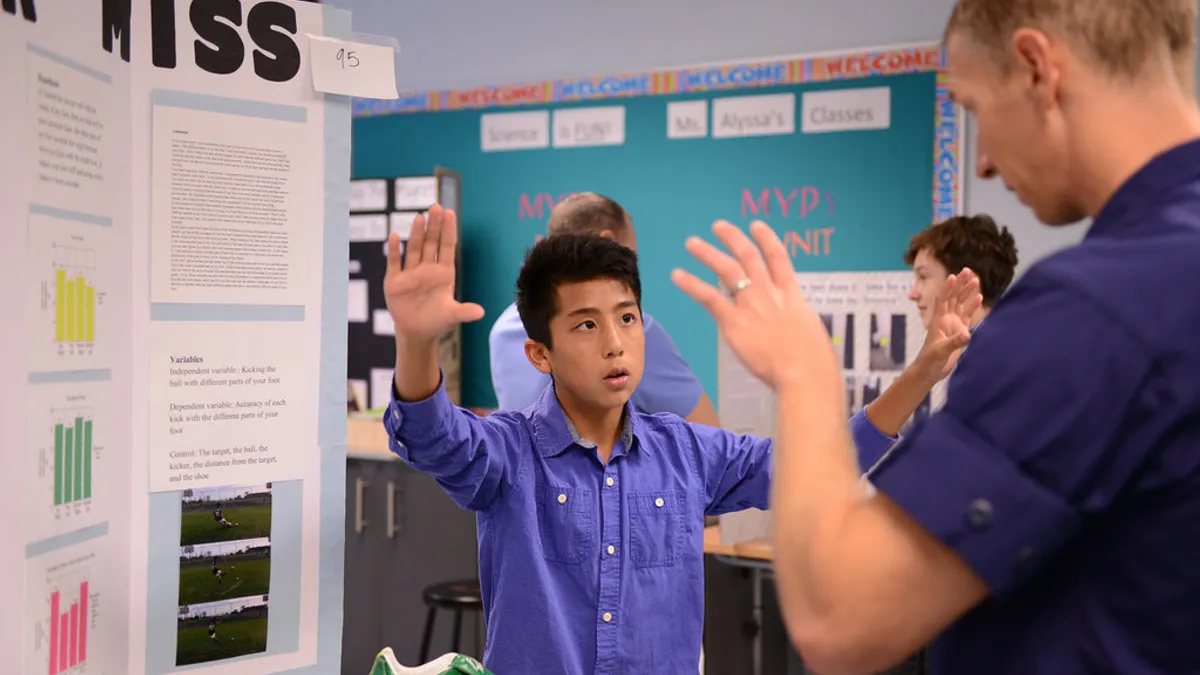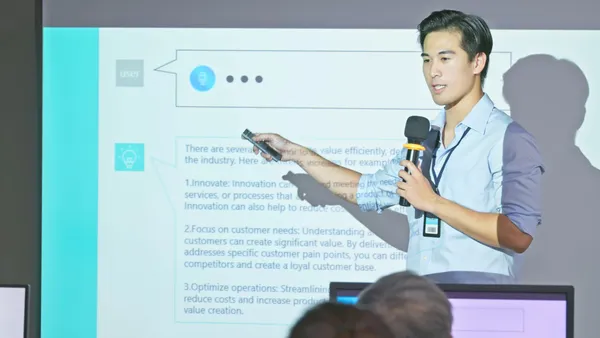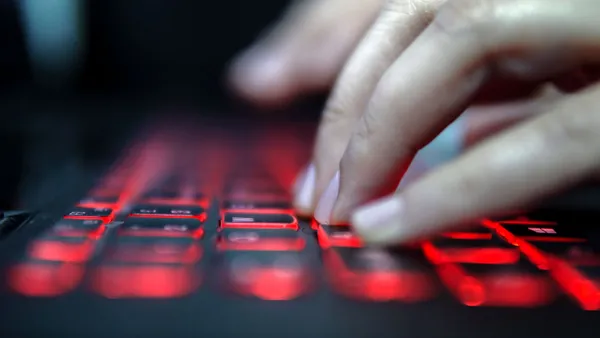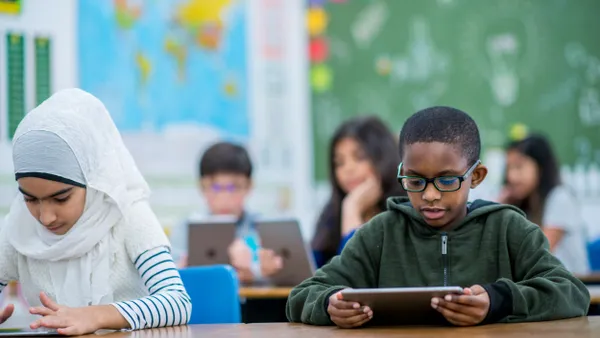Dive Brief:
-
As school and district leaders serve as representatives of their education brands, they need to look for new strategies that transform events into opportunities to connect powerfully with the community and build support from local partners, Baruch College marketing instructor Trish Rubin writes for District Administration.
-
Experiential marketing is one such strategy that helps turns a school event, such as a science fair, into a brand event. The strategy involves three primary elements: a live, interactive, multi-sensory experience; strategic, multi-platform brand touches before, during, and after the event; and a follow-up that evokes emotion and engages the community, the publication notes.
- Another method is "phygital" strategies — a mashup of “physical” and “digital” — that takes traditional face-to-face events and combines them with social media-driven visuals and themes to enhance an experiential marketing event. Planning committees can use these strategies before, during, and after events to help create a sense of community pride and gain the attention and interest of the parent community.
Dive Insight:
In an era of school choice and a diverse array of education options, branding a school and making it stand out from competitors is especially important. The use of social media has increasingly allowed school leaders to tell their own story instead of relying on parents or the media to tell it for them. Other parts of maintaining a brand and reputation come from employing a public information officer or other individual, who manages external communications, keeps abreast of current social media trends and uses social media platforms to the best advantage – as well as understands the importance of consistent school branding.
A school has many different components, and it naturally generates both fans and critics. For some schools, academics are a strong element, while sports may be less successful. For other schools, athletics may be strong and academics may need improvement. While public school leaders should strive for excellence, they should be prepared for some negative coverage that often comes with the territory of being a public institution in a largely transparent society.
Science fairs, STEM events, spelling bees, school productions and other highlights offer a host of activities that provide opportunities for positive publicity on social media or in the community. While schools may not always have big marketing budgets, social-media savvy students or educators in the district can help promote the school in their posts. This, along with school-sponsored marketing, can help schools brand themselves while allowing their own students to build marketing resumes at the same time.
Another way to use social media to connect with the community and showcase what goes on in classrooms is by producing short, fun video segments. In recent months, the use of creative snow day announcements has captured the attention of the public – both in the district and across the nation – and allowed school leaders to present themselves in a new way. Social media holds a large level power in building up positive support and attention from members of the community and elsewhere, and if used safely and effectively, it can go a long way.






 Dive Awards
Dive Awards





